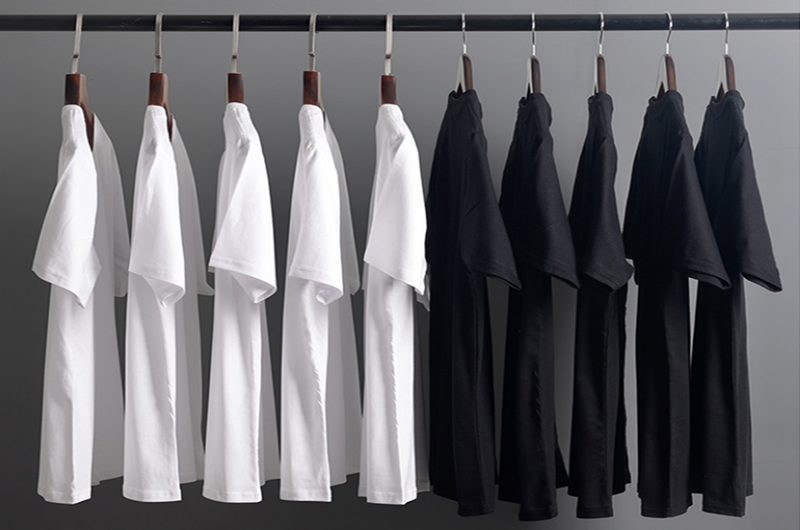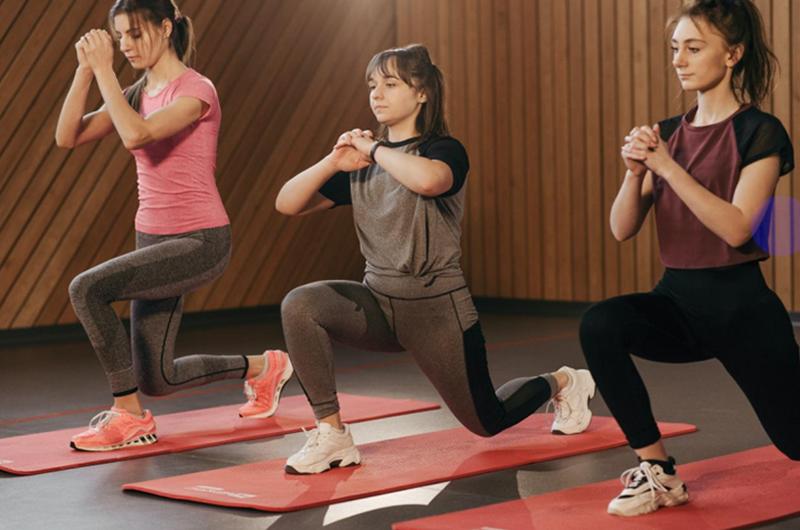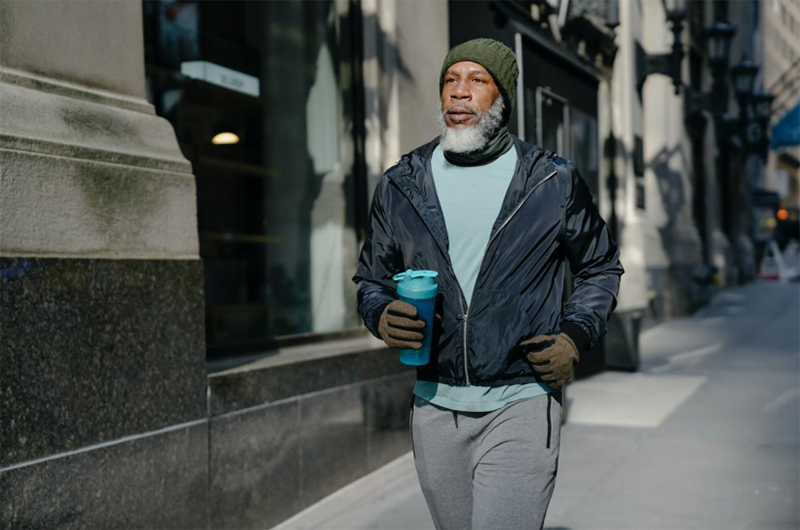1, Cotton

In the history, the general agreement among assiduity experts was that cotton is a material that doesn’t absorb sweat, so it wasn’t a good option for active wear. Still, of late, cotton sportswear is passing a reanimation, as it has better odor operation compared to other accoutrements. It’s permeable and doesn’t hold on to the derivations of exertion like foul smells and odours.
Still, when it comes to rapid-fire sweat absorbing, cotton still lags behind when compared to its further ultramodern and technologically advanced challengers.
2, Spandex

Spandex is another one of the most common types of accoutrements used in sportswear. This is due to its high elasticity, which makes the clothes nimble and comfortable for emphatic movements. In fact, this material is known to stretch 100 times further than its original size, making it a favourite material for sportswear manufacturers each around the world.
This material is also known to absorb sweat, breathe and dry fit- so overall it’s a great choice for cheap, multifunctional, malleable material. The only shortcoming is that it’s hard to embroider on as the material doesn’t hold sew designs well.
3, Polyester

Polyester is another common type of material used in sportswear. It’s basically cloth made out of plastic filaments - making it lightweight, wrinkle-free, long lasting and permeable. It’s non-absorbent in nature, which means that your sweat isn’t absorbed by this cloth but left to dry on the surface of the material on its own.
Another of the main reasons why polyester is a popular choice for top sportswear manufacturers is due to the high strength and continuity it displays. High- strength polyester filaments can repel the strong, repetitious movements made by athletes and last for longer than challengers, while remaining fairly cheap on the scale of similar accoutrements.
Polyester also has amazing insulating function, making it a perfect choice for surroundings that can get a blend of hot and cold weather.
4, Nylon

The first commercially feasible synthetic fiber was famously used to make women’s socks. But it’s now used extensively across sportswear manufacturing to make windrunners, tracksuits, and gymwear of all kinds.
Nylon is stretchable, quick-drying, and mildew resistant. It’s also incredibly permeable. The fabric allows cool air to reach the skin and also wicks sweat from your skin to the fabric’s face, where it can dematerialize safely- leaving you comfortable and temperature controlled.
Anyhow of these rates, it’s still a permeable material that’s a good choice for high- intensity sports. Principally, it keeps wind and water outside but allows sweat to dematerialize.
So, there’s a lot of options?
In short, yes.
The first thing to remember when considering what fabric is perfect for sportswear is the requirements of the consumer. Different sporting conditioning bear a specific type of apparel. For case, sports like football and basketball need the cloth that’s loose and comfortable. On the other hand, conditioning similar as biking or handling can be dangerous if you wear loose apparel, because saggy pants could fluently get tangled up in the bike pedals. Winter sports similar as skiing, need material that duly insulates the body from the environment .
So, what are your sports consumers’ needs? If you answer that question, also you’re much near to the material you should source than you were ahead.
If you are interested in our sportswear fabric, welcome to contact us. Fuzhou Huasheng Textile., Ltd is committed to providing the high quality sportswear fabric and best service to the customer worldwide.
Post time: Nov-18-2021